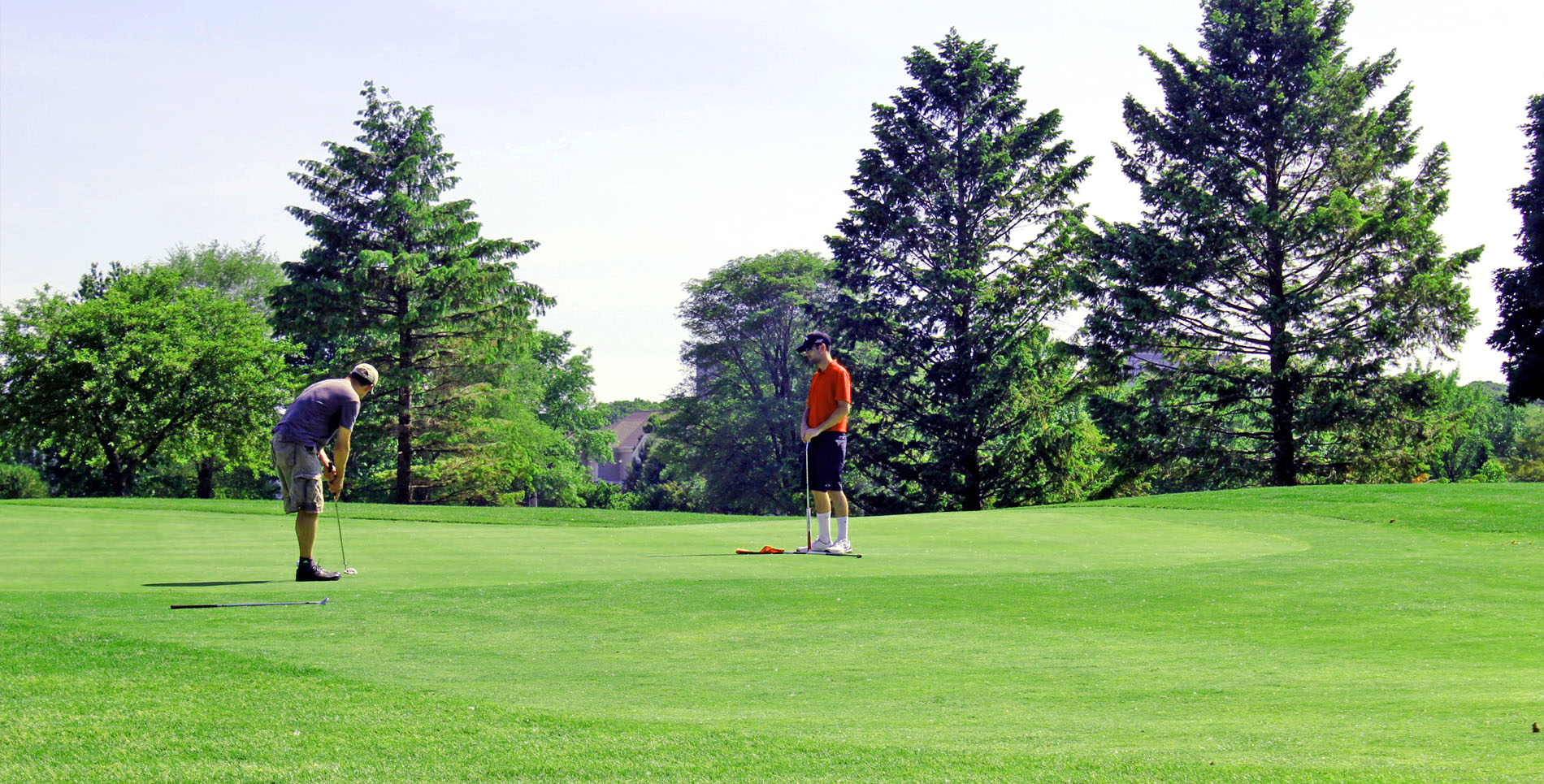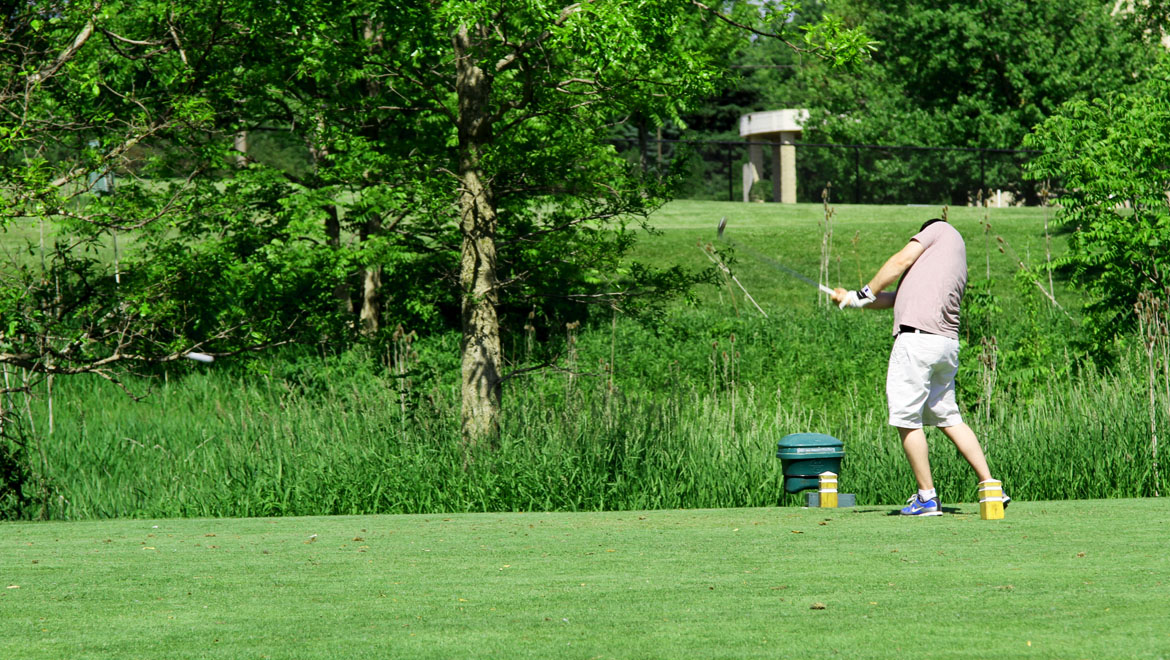Fit vs. Fix: Should I Get Fit for Clubs or Fix My Swing?
It's a question that I hear at least weekly from students when discussing being custom-fit for new equipment; "Would it be better to work on the swing before being fit for new clubs?" While the answer is certainly specific to the individual student, there are some keys that can help us determine which route is ideal for a particular student.
It's important to understand that when you see a tour player set up with the face wide open, and his/her stance aimed very far left, they're playing a shot that's suited for the conditions they're playing in. Typically, a tour event is played on a course with very soft sand and bunkers that are filled to the brim with plenty of sand. As such, expert players benefit from exposing more bounce on the sole of their wedge by opening the face dramatically, helping to keep the club from entering the fluffy sand too much. Around here, however, this typically isn't necessary, as most of the bunkers you'll play out of have much less sand than those on tour and they tend to be firmer as well. This actually helps make the shot much easier than the shots you see the tour players playing.
In many cases and especially with newer golfers who may need quite a few changes to achieve a highly-functional golf swing, poorly-fit equipment can actually hinder the progression of changes and lead to frustration. For example, a 6-foot, 3-inch golfer who will eventually fit well into clubs that are an inch over the standard-length irons he's currently playing may find it difficult to achieve a beneficial positions at address and during the swing because of the clubs themselves. Accordingly, the player will adapt to the poorly fit clubs and accommodate them however he can to play his best. Obviously, this could lead to significant mechanical issues over time and could make for a much more frustrating, time-consuming and expensive process than would've been necessary had the golfer been fit properly early on in his progression.
In most cases, probably 80-plus-percent in fact, being fit for properly-fit equipment is the most prudent option and can help spur on changes to the swing more quickly and easily than waiting would.
There are situations, however, that call for swing changes before a club-fitting session would be recommended. For example, if a pupil is playing clubs that fit fairly well for length, lie and shaft type/flex but are a bit outdated and unforgiving, they can actually highlight poor swings and reward better ones to a greater extent than if they were transitioned to a more advanced and more forgiving model on the onset of their lesson program. In this instance, however, it's imperative that the communication between the student and the coach regarding equipment is open and ongoing, as distance and potentially dispersion improvements will typically be slower to recognize with older, unfit clubs than ones that are fit well and have more forgiving attributes.
Obviously, the decision of whether to improve the swing before being fit or to be fit to help progress swing changes more quickly is one that is unique to each of us and one that should be made with the help of an expert. In most cases, probably 80-plus-percent in fact, being fit for properly-fit equipment is the most prudent option and can help spur on changes to the swing more quickly and easily than waiting would. In any case, seeking the advice of a qualified GolfTEC coach is a great place to start.




